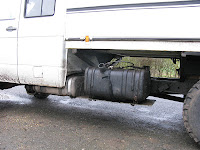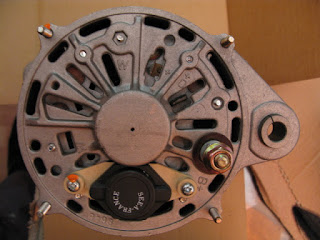Gas pipes and manometers
We are always nervous about gas leaks and gas smells, so I wanted to get it all correct and hare it tested. That involved....
Replacing the rubber hose to the oven., because all internal pipes should be copper . That meant taking to oven out and patting in a long s-shaped length of copper to the manifold.
All the joints that I look apart looked messy from repeated tests with washing up liquid. They say it has salt in and is corrosive. So I bought so specialist leak detector fluid that is supposed to be non-corrosive. It is yellow and sticky though.
Used more PTFE tape on the joint to the Paloma water healer, but it was not convincing . No leaks showing with the fluid though.
"Gary'' came to help. He soldered an 8mm to 10mm reducer to make the joint simpler. pressure lest paint. It passed the manometer test.
I must make a manometer. The gas pressure is only 37mbar that is 1/30 th of an atmosphere. So it just needs a U-tube with one foot of water and a ruler.
Replacing the rubber hose to the oven., because all internal pipes should be copper . That meant taking to oven out and patting in a long s-shaped length of copper to the manifold.
All the joints that I look apart looked messy from repeated tests with washing up liquid. They say it has salt in and is corrosive. So I bought so specialist leak detector fluid that is supposed to be non-corrosive. It is yellow and sticky though.
Used more PTFE tape on the joint to the Paloma water healer, but it was not convincing . No leaks showing with the fluid though.
"Gary'' came to help. He soldered an 8mm to 10mm reducer to make the joint simpler. pressure lest paint. It passed the manometer test.
I must make a manometer. The gas pressure is only 37mbar that is 1/30 th of an atmosphere. So it just needs a U-tube with one foot of water and a ruler.
 |
| Pressure test point at top of manifold. |
 |
| 10mm to 8mm reducer, but still one threaded joint with PTFE tape |



Comments
Post a Comment